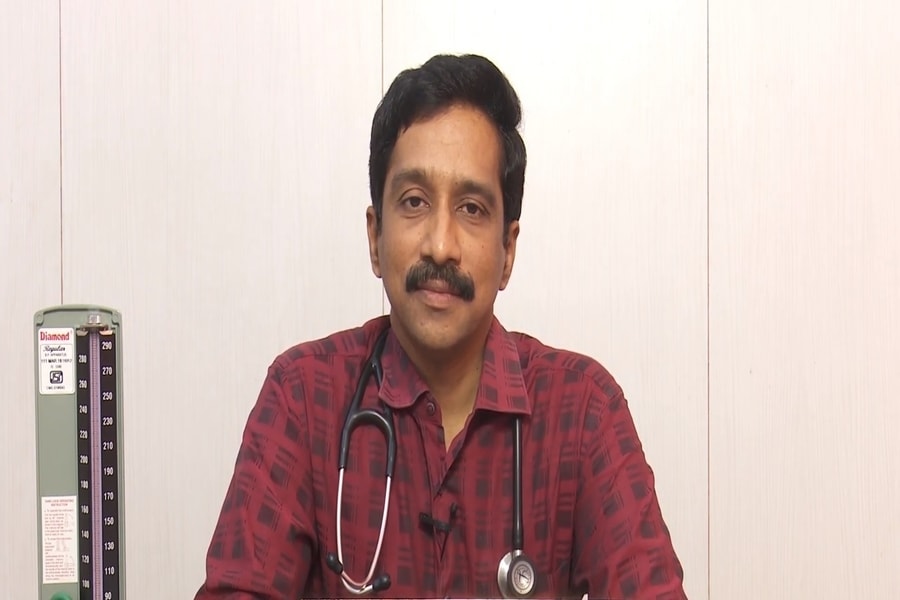
Lifestyle: the cause and the most effective treatment for hypertension
The good news is that like most of the lifestyle disorders, hypertension is preventable and even reversible to some extent, says Dr. M. Ramakrishna

Hypertension or high blood pressure is one of the most common lifestyle disorder, but often it isn’t seen as the culprit until a serious medical problem appears. It is a dangerous disease in its own right, however, with multiple complications. It can permanently damage the eyes, lungs, heart, or kidneys. But, the good news is that like most of the lifestyle disorders, hypertension is preventable and even reversible to some extent. In fact, at times no medication is then required at all, provided the changes are adopted before the rise in blood pressure becomes irreversible. A number of daily practices ranging from poor diet and minimal or no physical activity to poor psychological health collectively constitute an unhealthy lifestyle. A focus on these aspects is required so as to prevent disorders like hypertension.
Sponsored by USV Pvt. Ltd.
It is advised that a healthy diet rich in fiber, fruits and vegetables; lower intake of salt, sugar and saturated fats; moderate physical activity; limited alcohol intake; managing body weight and stress are some of the key lifestyle improvements that reduce the risk of developing high blood pressure.




